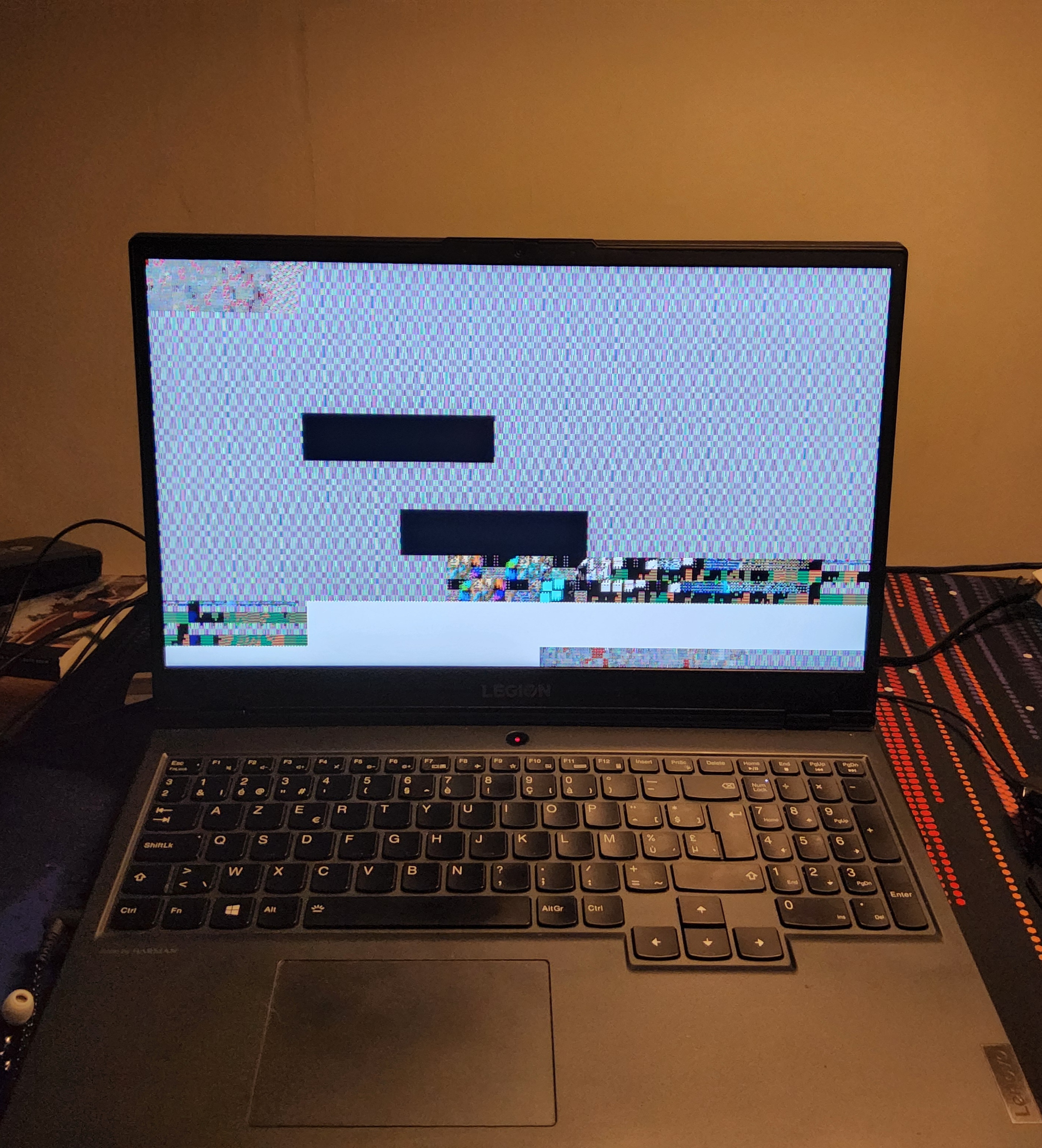this post was submitted on 08 May 2024
198 points (96.3% liked)
Linux
48356 readers
487 users here now
From Wikipedia, the free encyclopedia
Linux is a family of open source Unix-like operating systems based on the Linux kernel, an operating system kernel first released on September 17, 1991 by Linus Torvalds. Linux is typically packaged in a Linux distribution (or distro for short).
Distributions include the Linux kernel and supporting system software and libraries, many of which are provided by the GNU Project. Many Linux distributions use the word "Linux" in their name, but the Free Software Foundation uses the name GNU/Linux to emphasize the importance of GNU software, causing some controversy.
Rules
- Posts must be relevant to operating systems running the Linux kernel. GNU/Linux or otherwise.
- No misinformation
- No NSFW content
- No hate speech, bigotry, etc
Related Communities
Community icon by Alpár-Etele Méder, licensed under CC BY 3.0
founded 5 years ago
MODERATORS
you are viewing a single comment's thread
view the rest of the comments
view the rest of the comments

As in you are seeing multiple boot entries? It's likely one entry per kernel version that you have installed. It doesn't happen often these days any more, but in some situations it's handy to be able to revert to a previous kernel if for example third party modules break.
its per fedora version for some reason, and i dont think that such a fallback would even work since fedora removes the previous kernel core and most other garbadge from what ive seen
I don't know about Fedora, but Debian keeps at least the previous version. However, that's about it. There remain only 4 (2 normal + 2 recovery) GRUB entries and the additional ones vanish automatically during the uninstallation procedure.